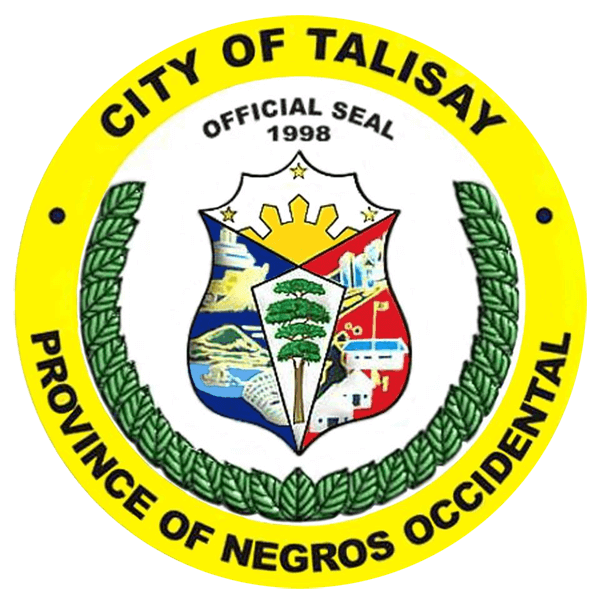History of Talisay City, Negros Occidental

The Negritos, natives who led nomadic lives at the foot of scenic North Negros Mountain ranges, originally inhabited Talisay. In 1788, families of Malay descent settled in the pristine part of Negros Island and named it Minuluan. Unknown to many, the sugar industry in province has its very roots in Talisay. The enterprising Recollect priest led by Fray Fernando Cuenca, spurred the economic development of this once sleepy sitio through the planting of sugarcane in vast tracts of land we call ‘haciendas’.
The seedlings, brought from Spain, thrived well in the rich, loamy soil. Fray Cuenca improved sugar production of the crude wooden mills with the invention of ‘Molino de Agua’-and the rest they say is history. The Spanish colonizers became guardians of our economic, socio-political and spiritual lives, and with more of the Minuluan population embracing the Catholic faith, the sitio was decreed a town on September 20, 1850, with San Nicolas de Tolentino as its patron saint. It was renamed Talisay, after the tree that grew in abundance along the mouth of the Matab-ang River.
To accommodate the growing population, three more barrios were established – Dos Hermanas and San Fernando in the northern part and Concepcion in the South.
At the turn of the century, Talisay became a significant player in the revolt against Spain through the leadership of General Aniceto L. Lacson. The wily general and erst while Katipunero of the North, teamed up with General Araneta from the South during the victorious Cinco de Noviembre uprising in 1898 that saw the Spaniards capitulating without bloodshed. The intervening years saw Talisay growing and metamorphosing into the budding city that is today-full of promise and potential. On February 11,1998, Talisay through the effort of its local officials led by the Mayor Amelo T. Lizares was finally elevated into a city.

